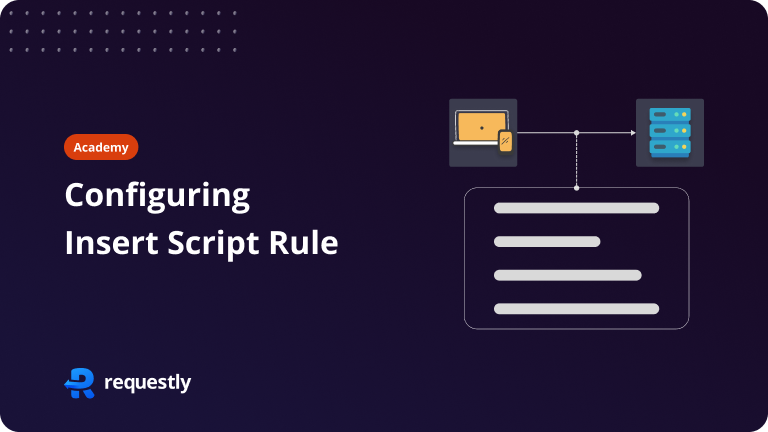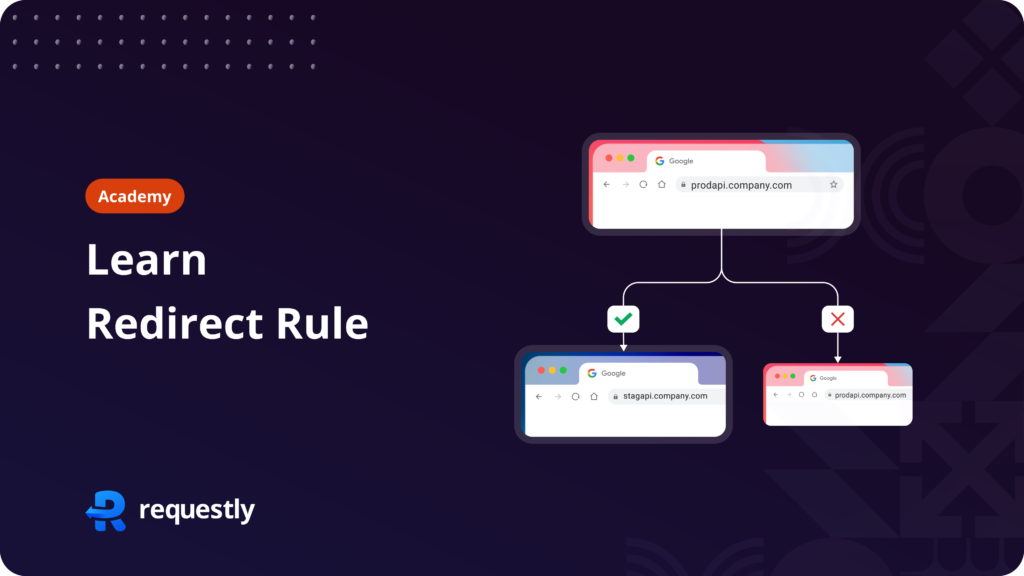Requestly Essentials
Requestly accelerates building, debugging & testing web applications with API Client, Mock Server, HTTP Rules & SessionBook. Learn about all the features of Requestly and how you can use them to optimize your workflow.

Getting Started with Requestly
Requestly accelerates building, debugging & testing web applications with API Client, Mock Server, HTTP Rules & SessionBook. A reliable Agile Development tool.
Understanding HTTP Rules – Intercept & Modify HTTP Requests & Responses
Requestly enables modification of header, path, query parameters, status codes & body of Request & Response to accelerate software development and testing.
Understanding Replace Rule (Switch Hosts)
Learn how to use Requestly’s Replace Rule to modify URLs on-the-fly for testing and debugging. Switch hosts, change API versions, and more.

Understanding Insert/Inject Script Rule
Learn how to use Requestly’s Insert/Inject Script Rule to modify web pages on the fly for testing and development.

Understanding Modify Request Body Rule (REST & GraphQL)
Learn how to use the Modify Request Body rule in Requestly to tweak request data, including REST and GraphQL—for testing, debugging, and development.
Understanding Modify API Response Rule
The Modify Response Rule enables you to modify the response body of an HTTP request. The rule is equally important for developers and testers.

Understanding Redirect Rule
Introduction The Redirect Rule in Requestly enables users to re-route

Debug & Mock GraphQL APIs using Requestly
Requestly helps you in intercepting & modifying the APIs on the fly using HTTP Rules. You can apply these rules to any HTTP Request including GraphQL APIs.















